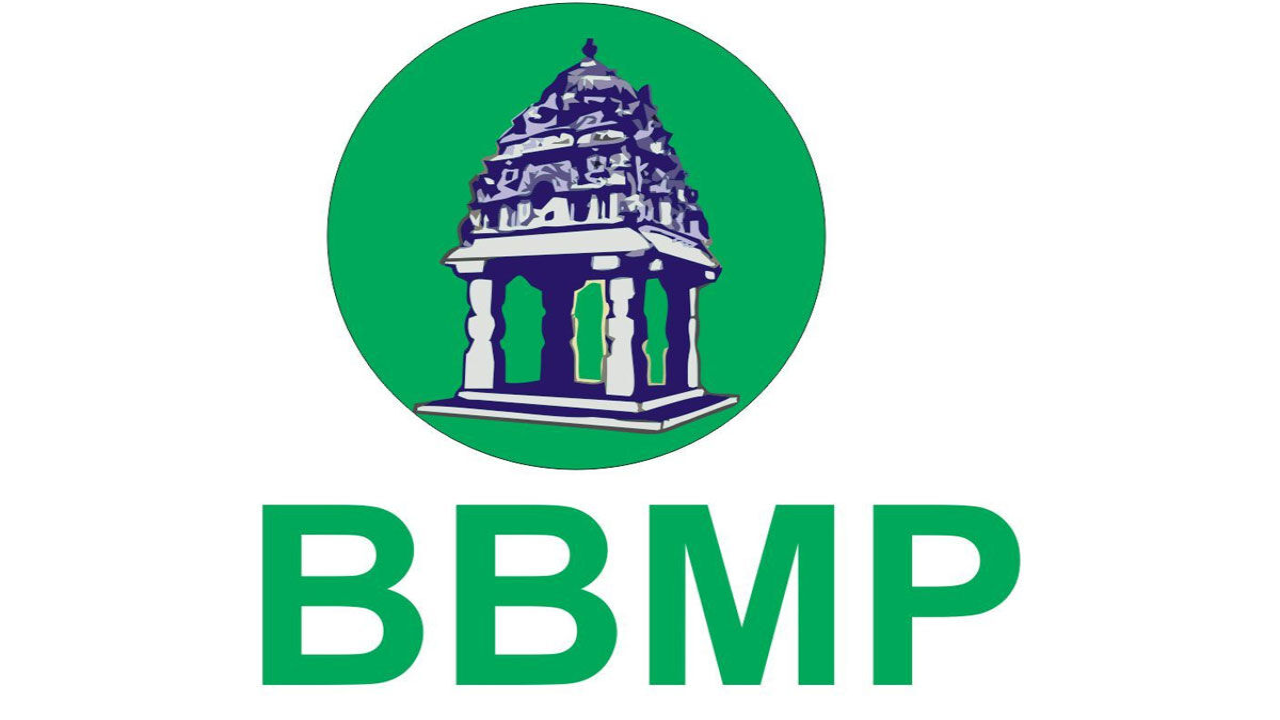Bruhat Bengaluru Mahanagara Palike (BBMP) Restructuring Committee
In a bid to streamline administration and improve governance in Bengaluru, the Bruhat Bengaluru Mahanagara Palike (BBMP) Restructuring Committee was reconvened on June 12. The objective of this move, spearheaded by the Congress party, is to split the BBMP into multiple corporations for enhanced ease of administration.
Reconvening the BBMP Restructuring Committee
The BBMP Restructuring Committee, which initially recommended splitting the BBMP into multiple corporations, was reconvened after a gap of several years. In 2015, the committee’s recommendations were hindered by civic polls and political opposition from the BJP and JD(S) parties. However, with the Congress government currently in power in Karnataka, there is renewed determination to bring back the committee and implement its proposed reforms.
Objective: Ease of Administration
The primary objective of splitting the BBMP into multiple corporations is to facilitate ease of administration. With Bengaluru’s rapid growth and increasing complexity, managing the city’s affairs under a single corporation has become challenging. By creating multiple corporations, the administration can focus on specific geographic areas, leading to better governance and more efficient delivery of services.
The Three-Tier Governance Framework
The proposed three-tier governance framework seeks to revamp Bengaluru’s governance structure. At the highest level is the Greater Bengaluru Authority (GBA), which will serve as the overarching body responsible for integrating the governance of multiple corporations and parastatals. The second tier comprises Municipal Corporations (MC) or Mayor in Council, which will handle local administration within specific regions. The third tier consists of Wards, with each ward having its own committee to address local issues and ensure citizen participation.
Roles and Powers of Ward Committees
The Ward Committees play a crucial role in the proposed governance framework. Each Ward Committee is comprised of 20 members, half of whom are elected based on proportional representation, while the other half are nominated from civil society. They will prepare long-term ward vision plans, annual development plans, and budgets. Ward Committees will also be consulted on changes in land use and empowered to execute, supervise, and audit local projects. This decentralization aims to empower citizens and address neighborhood-specific concerns effectively.
Empowering Mayor-in-Council and Greater Bengaluru Authority
Under the Mayor-in-Council system, the executive powers of the Municipal Corporation will be vested in the Mayor-in-Council, consisting of the Mayor, Deputy Mayor, and 10 other members. This collective responsibility ensures efficient decision-making and accountability at the municipal level. Meanwhile, the Greater Bengaluru Authority (GBA), envisioned as the pan-city body, will integrate governance across multiple corporations and parastatals. It will include representatives from various civic agencies and experts in urban governance.
Month: Current Affairs - June, 2023
Category: India Nation & States Current Affairs


